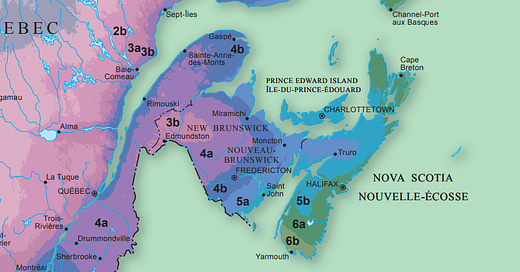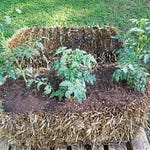“What zone are you in?” This is a very common question that I get from other gardeners that watch my YouTube channel. Of course I always respond that I’m in zone 6a, but that really doesn’t mean much when it comes to growing vegetables. This may seem counter-intuitive, but with a deeper understanding of what “growing zones” are all about, and more importantly, what plants are are all about, I think it makes a lot of sense!
What’s a growing zone?
People often ask about growing zones to get a sense of how hot or cold it is in a given geographical area, and growing zones do measure that in a crude sort of way, but that’s really not what growing zones are all about. Put simply, growing zones tell you how cold it can get. This is important when choosing perennials, because they will not survive the winter if they are not hardy enough for the growing zone where they are being planted. For annuals (the plants that most vegetable gardeners grow during the growing season), the growing zone is far less important than how much sun is available to the plants, and how much heat there is in the soil. The growing zone does not measure those factors, and in fact, in can be the case that a “cold” growing zone actually has more sun and heat during the growing season than a “hot” growing zone.

A cold winter doesn’t mean a cold summer
There are many reasons that one geographic area might have a colder winter than another, but what’s important to bear in mind is that the intensity of the winter does not reliably predict the first and last frost dates, or the amount of sun that plants get during the growing season, or how hot it gets during the growing season. I live in Zone 6a, near Halifax, Nova Scotia. The high today, as I write this article (July 15th,
Listen to this episode with a 7-day free trial
Subscribe to The Maritime Gardening Newsletter to listen to this post and get 7 days of free access to the full post archives.











